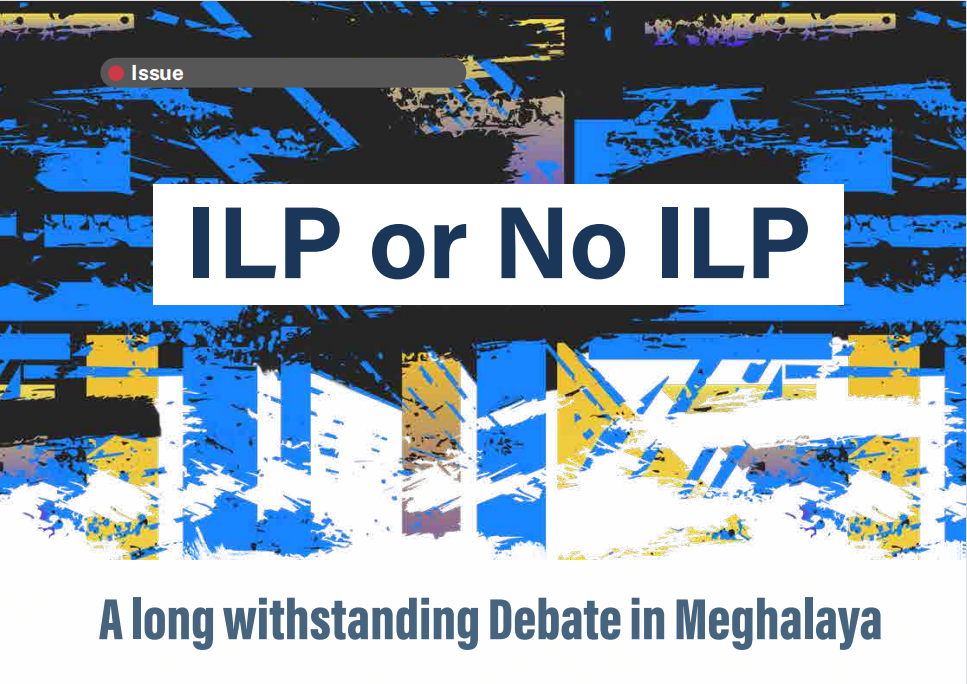
The continuous influx of migrants into Meghalaya, has created an awareness for bringing about control measures to check influx, the fear being that the demographic map of the state would sooner or later change, which would defeat the very purpose in the creation of Meghalaya as a separate state in protecting the varied interests of the indigenous people and that their numbers would also gradually decline, if the present rate of influx is not checked.
This opinion has been voiced through various social, non-governmental organisations, student bodies and others who are represented in the High Level Committee, which is presently taking up the matter. Earlier, a committee under the former leader Bindo M.Lanong, had decided to recommend to the state government, both the inner line permit and the three-tier card system, as mooted out during the deliberations of the committee. The three card identity system which was mooted out in the meeting of the Higher Level Committee comprised three categories of card holders- that is permanent, semi-permanent and temporary identity card system. As this system is a new idea altogether, the details of such a system have to be chalked out in the first place, concerning its effectiveness or otherwise.
What is ILP?
The ILP is based on the Bengal Eastern Frontier Regulation of 1873, which is presently applicable in Arunachal Pradesh, Nagaland and Mizoram. The Manipur legislative assembly on July 13 2012 had adopted a resolution, urging upon the union government to extend application of the 1873 regulation in the state.
Meghalaya’s debarment was substantially because of its close association with Assam. Shillong, the state’s capital, was once the administrative epicentre of undivided Assam, which comprised large parts of the North East.
This saga of inner regulation remains long debated and disputed regarding the feasibility to stop the influx of immigrants into the state. In August 1998, a working group was constituted by the state government with Mr Paul Lyngdoh as its Secretary and Mr Donkupar Roy as the Chairman to recommend in-depth measures to effectively contain illegal immigration. As a result, the group strongly and unambiguously recommended ILP to be extended to Meghalaya.
The most insistent propulsion for a permit system in Meghalaya came in 2013, after the 2012 riots in Assam’s Bodoland. The violence was primarily directed at Muslim communities settled in the autonomous region of the Bodo Territorial Area Districts. Bodo groups have long claimed these lands as a part of their ethnic homeland.
The anger against “outsiders” spread to its neighbouring state Meghalaya in 2013 which eventually erupted in violent agitations for the Inner Line Permit system, however the centre stood resistant.
And with the tribal groups remaining adamant, the state government composed its own structure to keep a check on the movements happening in the state. It merged into the Meghalaya Residents Safety and Security Act 2016, which placed entry-exit points along the state’s internal border.
In the upcoming elections of 2023 ahead, as the demand for introduction of Inner Line Permit (ILP) is gaining ground in Meghalaya, it is time to raise some questions about the efficacy of the same in the context of the hill state that is also a favoured tourist destination in the region.
To read the further articles please get your copy of Eastern Panorama February issue or mail to contact.easternpanorama@gmail.com



